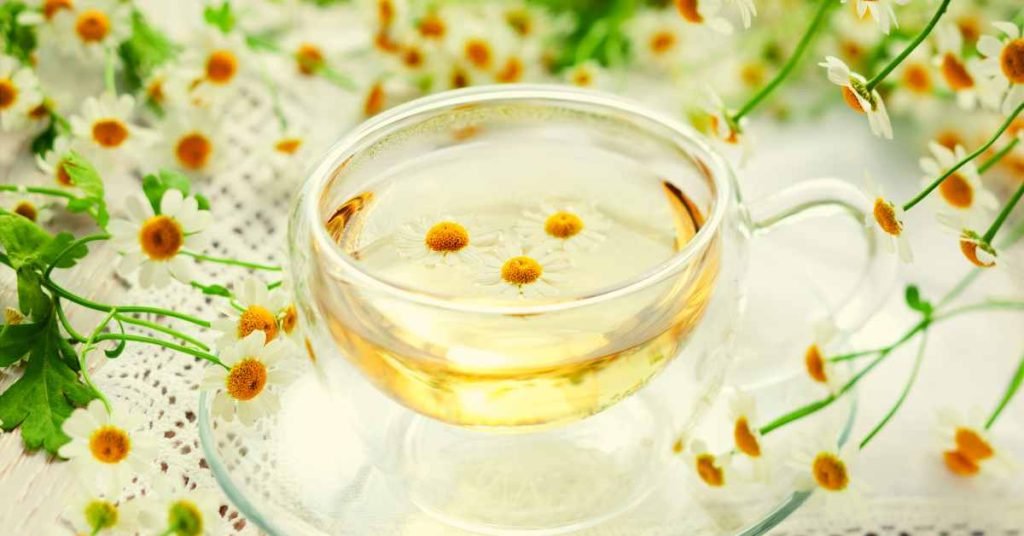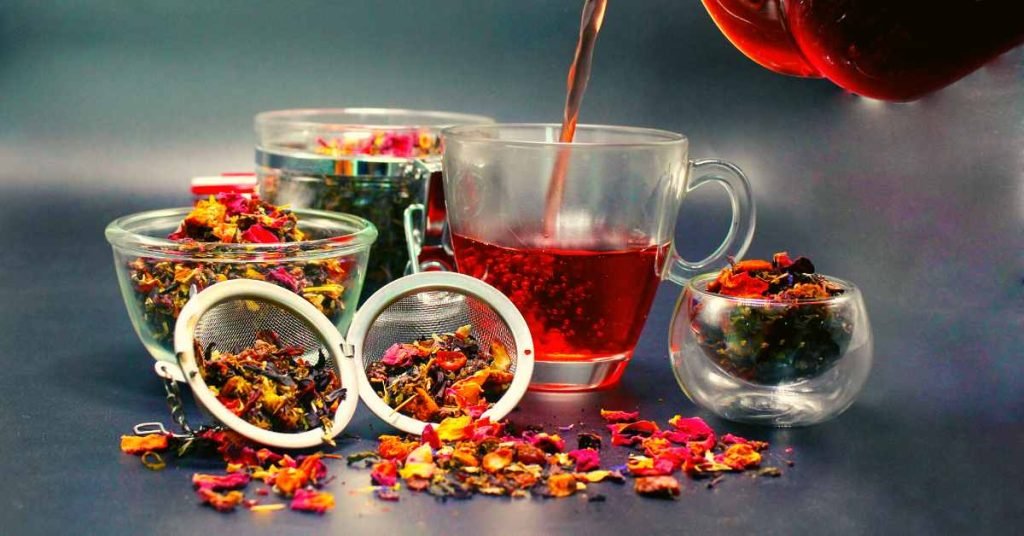There is no doubt that tea has been cherished as a beverage that offers not only a delightful taste but also numerous health benefits for hundreds of years.
However, navigating the world of tea can be quite complex due to the wide variety of options available.
To simplify this diverse landscape, teas can be broadly categorized into three main groups: true teas, semi-true teas, and tisanes.
Understanding the characteristics and differences of each category can help enthusiasts explore the world of tea with greater appreciation and knowledge.
True Teas

True teas are derived from the leaves of the Camellia sinensis plant. This category includes four main types: black, green, white, and oolong tea.
The distinction between these teas lies in their processing methods, which result in different flavors, aromas, and appearances.
Black Tea: Black tea undergoes full oxidation, a process that exposes the tea leaves to oxygen and gives them their characteristic dark color. It produces bold and robust flavors, often with notes of malt, caramel, or chocolate. Famous examples include Assam, Darjeeling, and Earl Grey.
Green Tea: Green tea is unoxidized and retains its natural green color. The leaves are carefully heat-treated or steamed to halt oxidation, preserving their fresh taste and vibrant appearance. Green tea offers a range of flavors, from vegetal and grassy to floral and nutty. Some popular varieties are Matcha, Sencha, and Jasmine tea.
White Tea: Considered the most delicate of true teas, white tea consists of young tea buds and leaves that are minimally processed and dried. It has a subtle and nuanced flavor profile, often described as light, sweet, and slightly floral. Silver Needle and Bai Mu Dan are well-known white tea varieties.
Oolong Tea: Oolong tea is not fully oxidized, offering an awe-inspiring spectrum of aromas. It can range from lightly floral and fruity to toasty, with varying levels of oxidation. Oolong teas from Taiwan and China, such as Tie Guan Yin and Dong Ding, are highly sought after.
Semi-True Teas

The term “semi-true teas” refers to beverages that resemble tea but are not derived from the Camellia sinensis plant. These teas are often called herbal teas, but technically, they are not teas since they do not contain tea leaves.
Rooibos: Rooibos or red bush tea, comes from the Aspalathus linearis plant’s leaves native to South Africa. It offers a mild, nutty flavor and a naturally caffeine-free alternative to true teas. Rooibos is rich in antioxidants and has gained popularity for its potential health benefits.
Yerba Mate: Yerba mate is another option that doesn’t come from Camelia Sinensis and is made from the leaves of the Ilex paraguariensis plant instead. It is a popular beverage in South America, containing caffeine, and providing a stimulating effect similar to true teas.
Yerba mate has an earthy, grassy flavor and is often consumed through a special drinking gourd and metal straw called a bombilla.
Tisanes

Tisanes, also known as herbal infusions or herbal teas, are brewed from various plant parts like flowers, herbs, spices, fruits, or even bark. These caffeine-free beverages offer a wide array of flavors and therapeutic properties.
Chamomile: Chamomile tea is made from the flowers of the chamomile plant and is renowned for its soothing and relaxing properties. It has a gentle, floral taste and is often consumed before bedtime.
Peppermint: Peppermint tea, derived from the leaves of the peppermint plant, offers a refreshing and cooling flavor. It is known for its digestive benefits and invigorating aroma.
Hibiscus: Hibiscus tea is made from the vibrant red calyces of the hibiscus flower. It produces a tart and tangy infusion, often consumed hot or cold. Hibiscus is rich in vitamin C and is believed to have various health benefits.
Final Word
Categorizing teas into true teas, semi-true teas, and tisanes allows tea enthusiasts to explore the vast world of tea with clarity and understanding.
True teas, derived from the Camellia sinensis plant, offer a remarkable range of flavors and aromas, each with its unique characteristics.

Semi-true teas resemble true teas in appearance and brewing methods but come from different plants, offering an alternative experience.
Tisanes, on the other hand, provide an array of caffeine-free options brewed from a variety of plants, each with its distinct taste and potential health benefits.
By delving into these categories, tea lovers can embark on a delightful journey of discovery, exploring the many flavors and nuances that tea has to offer.
MEDICAL DISCLAIMER
Itsnevernotteatime.com cannot and does not contain medical/health advice. The medical/health information is provided for general and educational purposes only and is not a substitute for professional advice.




